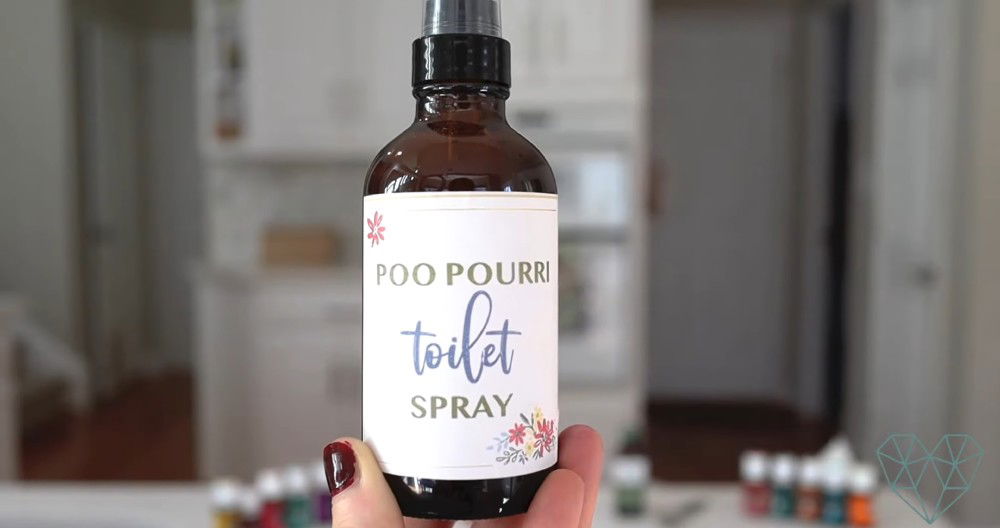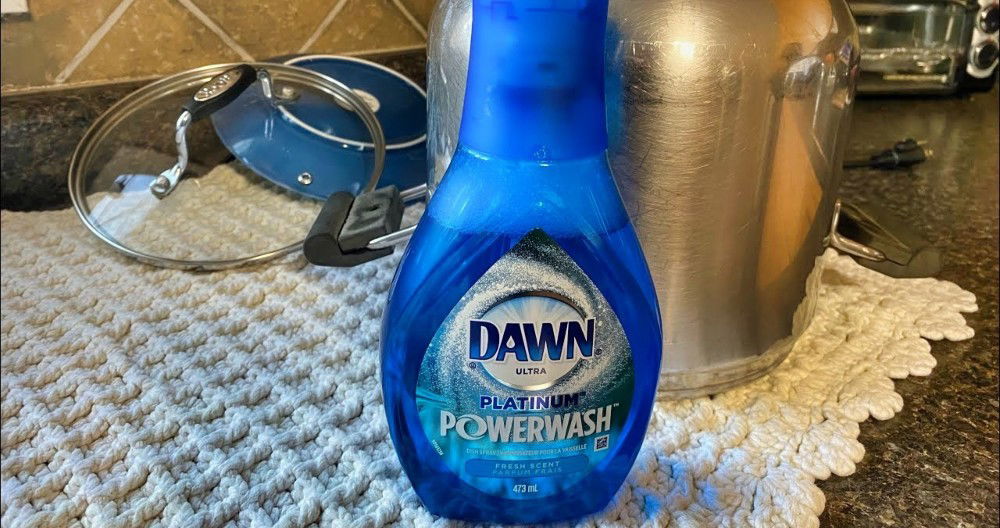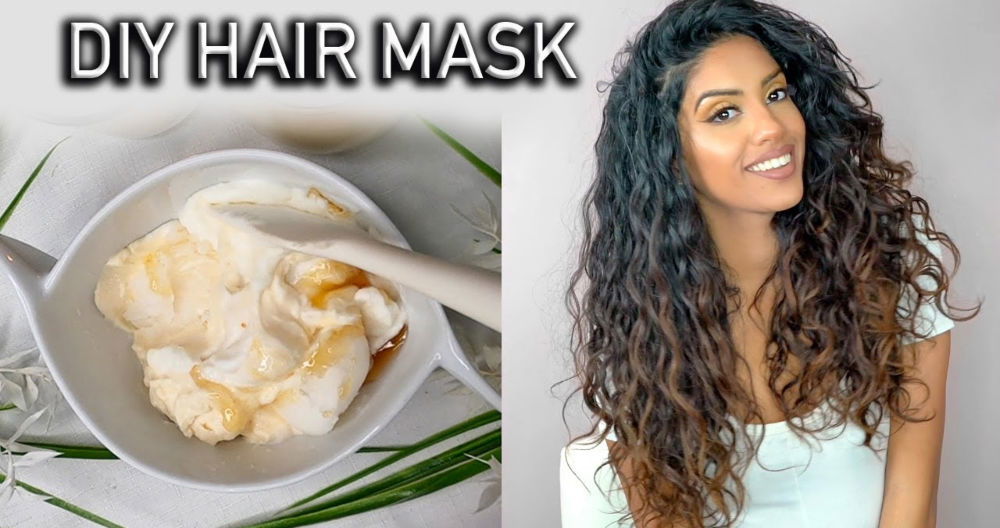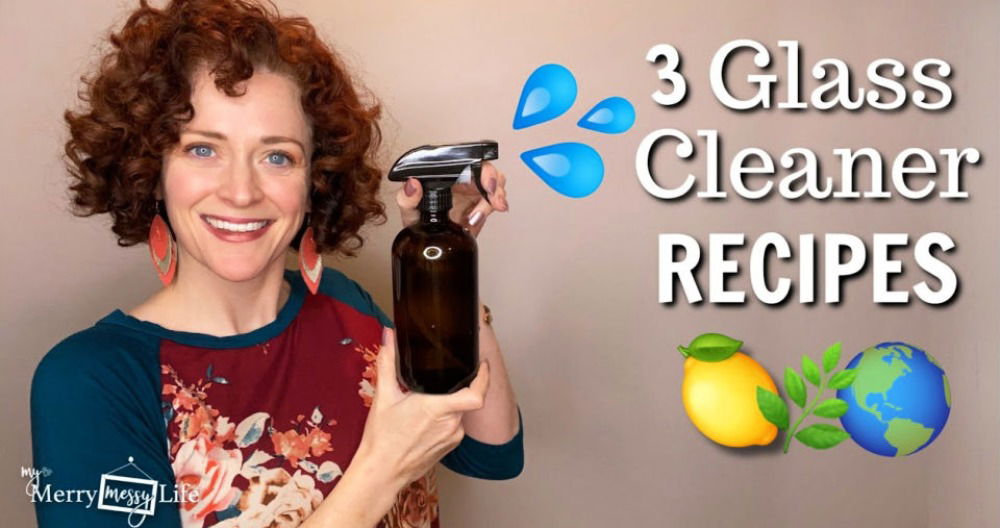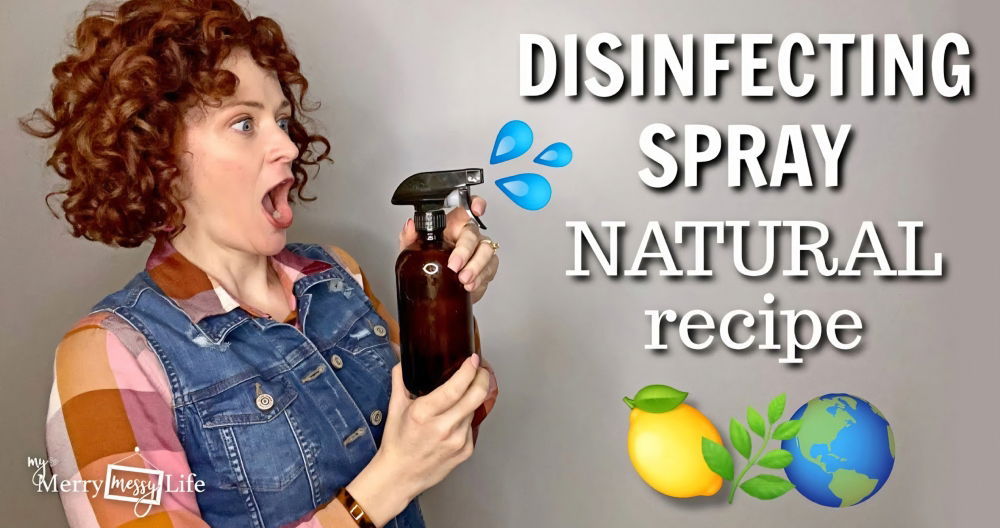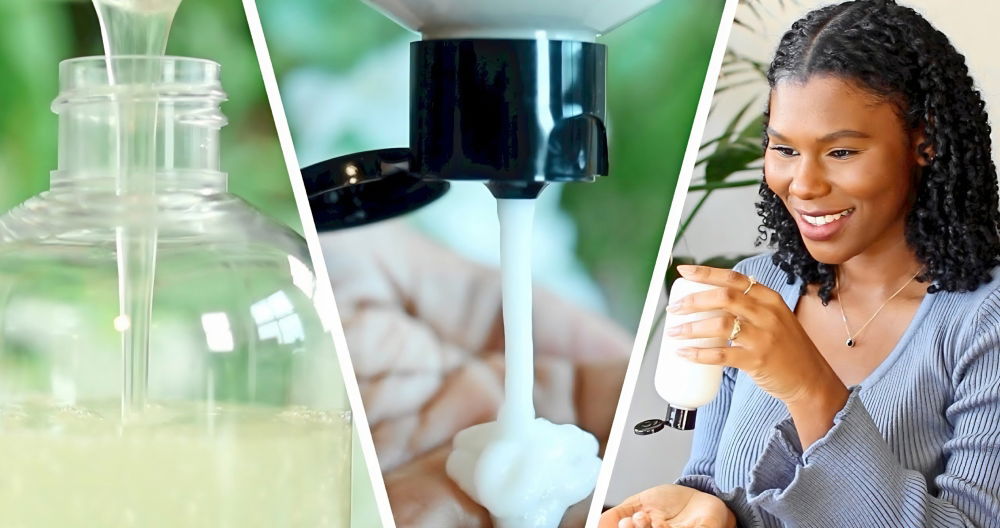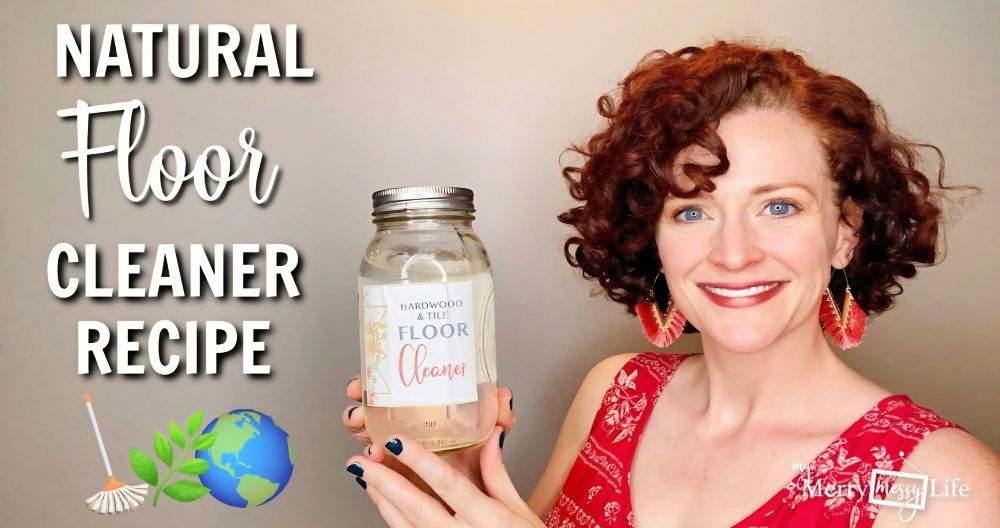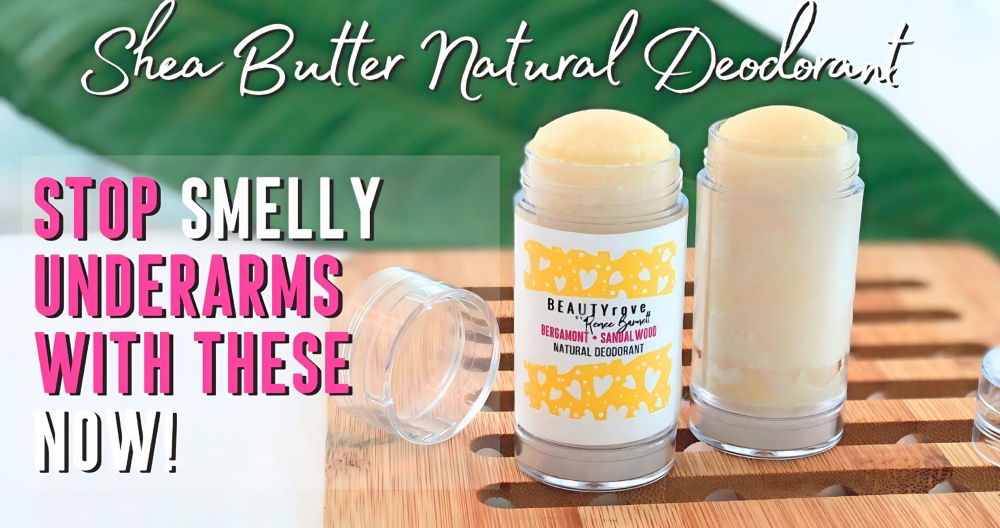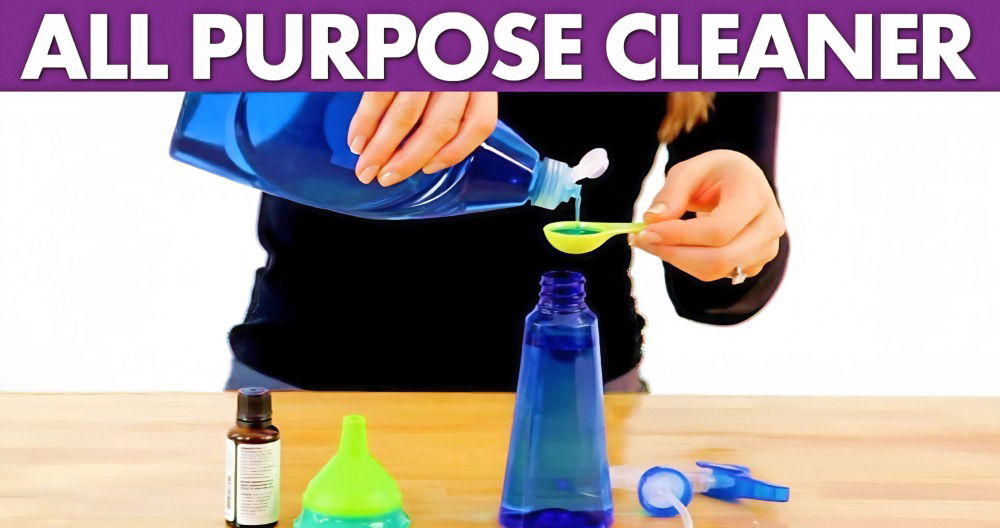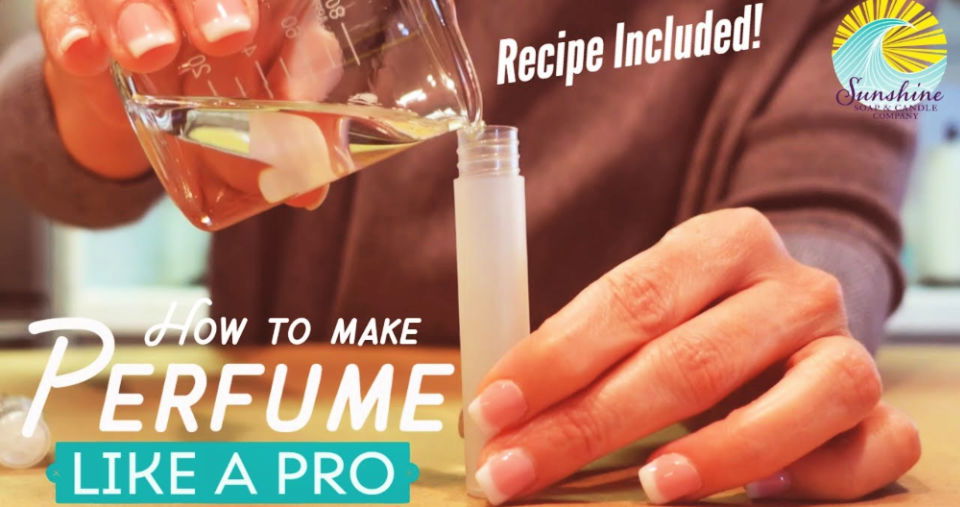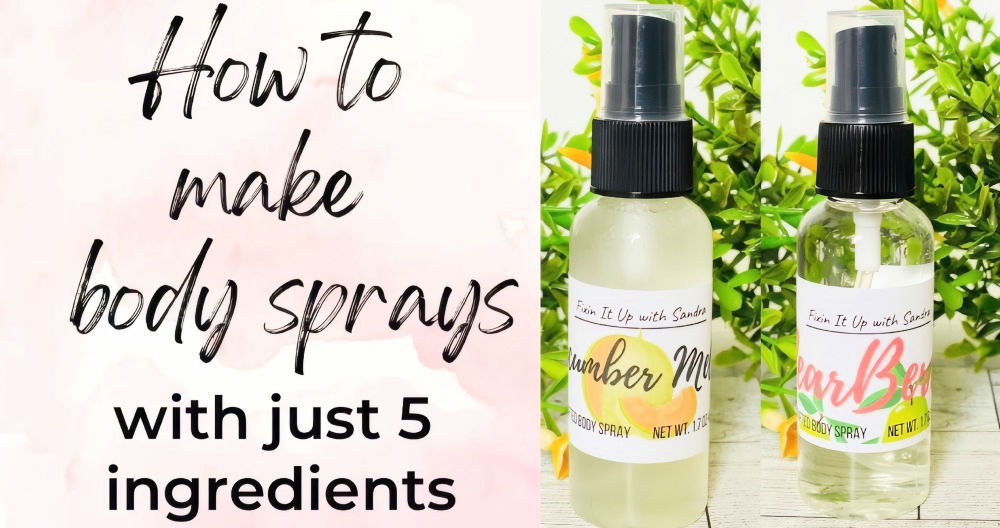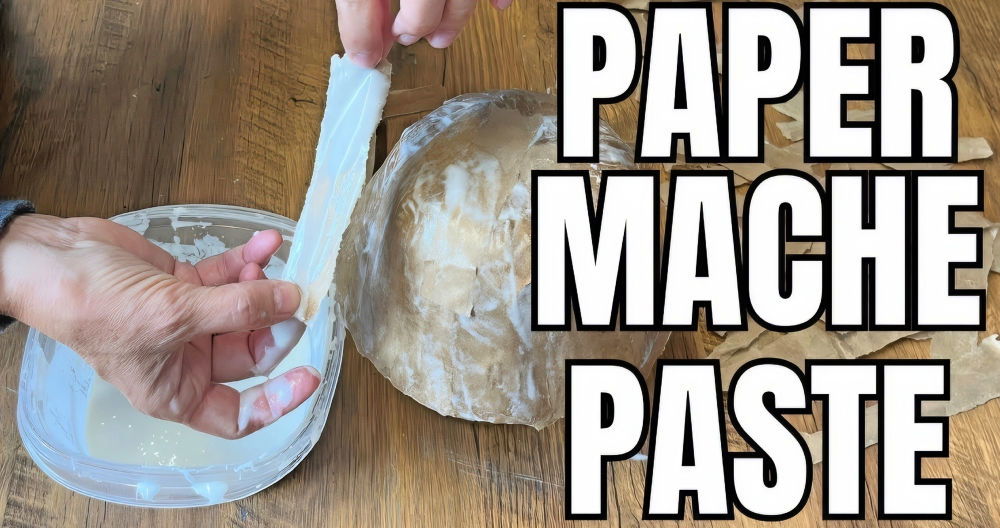If you've been searching for a gentle yet effective way to remove makeup, cleanse your skin, and give it a spa-like treatment, a DIY cleansing balm is the perfect choice. Unlike traditional cleansers, cleansing balms are oil-based, helping to dissolve makeup, sunscreen, and daily impurities without stripping the skin's natural oils. In this guide, we'll dive into making your own Chamomile cleansing balm at home, inspired by Bramble Berry's popular recipe.
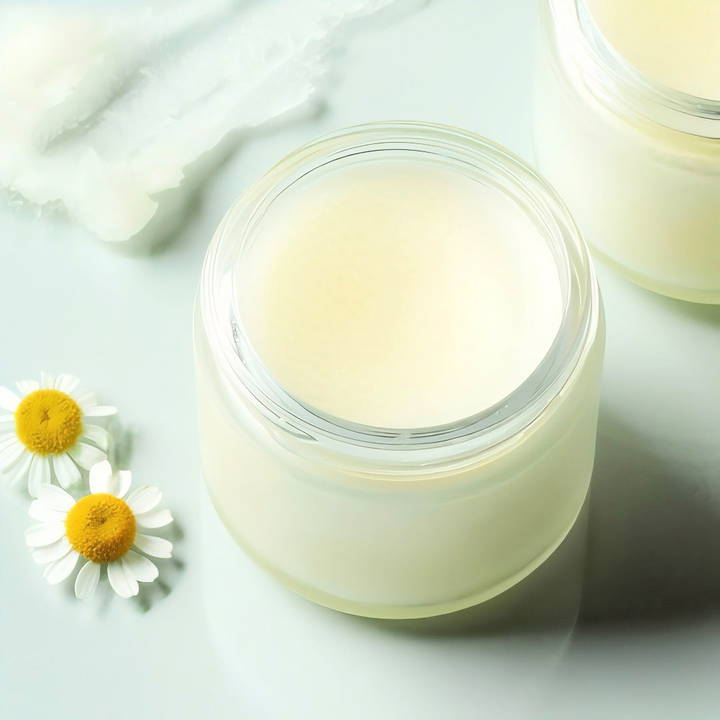
This chamomile cleansing balm is ideal for double cleansing, a two-step method that starts with an oil-based cleanser to break down makeup and sunscreen, followed by a water-based cleanser to remove any remaining residue. With just a few ingredients, you can make a luxurious, effective, and budget-friendly cleansing balm that rivals even the most popular commercial brands.
What is a Cleansing Balm?
A cleansing balm is a solid, oil-based product that melts upon contact with your skin, transforming into a silky cleanser. Unlike water-based cleansers, which may not fully remove heavy makeup or waterproof sunscreen, cleansing balms effectively dissolve these products while hydrating the skin. They're especially helpful for dry, sensitive, or mature skin types, as they cleanse without leaving the skin feeling tight or dry.
Benefits of DIY Chamomile Cleansing Balm
Making your own cleansing balm offers several benefits:
- Customization: Tailor the ingredients to your preferences, such as opting for a fragrance-free or preservative-free version.
- Cost-effective: DIY versions are generally cheaper than store-bought alternatives.
- Natural Ingredients: Control the ingredients to avoid potentially irritating additives or fragrances.
Ingredients Overview
Before jumping into the recipe, let's look at the ingredients and their benefits:
- Avocado Oil (5.6 oz.): This lightweight oil nourishes the skin with essential fatty acids and vitamins A, D, and E. Avocado oil is hydrating and excellent for sensitive skin, making it ideal for a cleansing balm.
- Emulsifying Wax (1.4 oz.): Emulsifying wax helps bind the oil and water together, enabling the balm to rinse clean without leaving a greasy residue. It's essential for a smooth, creamy texture that removes makeup effectively.
- Polysorbate 80 (0.6 oz.): Another emulsifier, polysorbate 80, helps to ensure that the balm rinses off completely with water, preventing any oily residue on the skin.
- Chamomile Extract (0.4 oz.): Chamomile extract is known for its anti-inflammatory properties, making it ideal for soothing redness and calming irritated skin. It's also oil-soluble, meaning it blends seamlessly with the balm's base oils.
- Natural Juicy Pear Fragrance Oil (3 mL, optional): This fragrance adds a light, fresh scent to the balm. It's entirely optional, but for those who enjoy a bit of fragrance, it can make the cleansing experience feel more luxurious.
- Optiphen Preservative (3 mL, optional): While this balm doesn't contain water (meaning it's less prone to bacteria growth), adding a preservative is a good safety measure, especially if you'll be storing it in a bathroom or using wet fingers to scoop it out.
Step by Step Instructions
Learn how to make your own DIY cleansing balm with our step-by-step guide. Perfect your skincare routine with simple ingredients and easy instructions.
Ingredients:
- 5.6 oz. Avocado Oil
- 1.4 oz. Emulsifying Wax
- 0.6 oz. Polysorbate 80
- 0.4 oz. Chamomile Extract (oil-soluble)
- 3 mL Natural Juicy Pear Fragrance Oil (optional)
- 3 mL Optiphen (optional preservative)
Equipment:
- A digital scale
- Heat-resistant mixing bowl
- Microwave or double boiler
- Stirring utensil
- Small containers or jars for storage
Step 1: Measure the Oils and Emulsifying Wax
Using a digital scale, measure 5.6 oz. of avocado oil and 1.4 oz. of emulsifying wax. Add them to a heat-resistant mixing bowl.
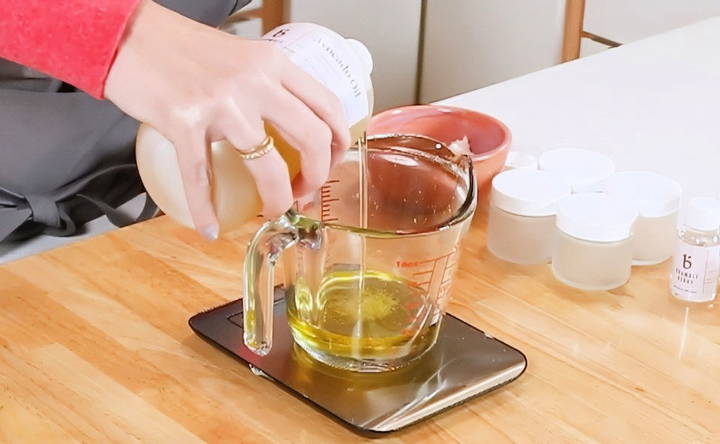
Step 2: Melt the Ingredients
Place the bowl in the microwave for short intervals, or use a double boiler to gently heat the mixture until the wax is fully melted. This will make a smooth, even base for your balm.
Step 3: Add the Chamomile Extract and Polysorbate 80
Once melted, stir in 0.4 oz. of chamomile extract and 0.6 oz. of polysorbate 80. Chamomile extract not only soothes the skin but also complements the balm's moisturizing properties. Polysorbate 80 is essential for allowing the balm to rinse off cleanly, so don't skip this ingredient!
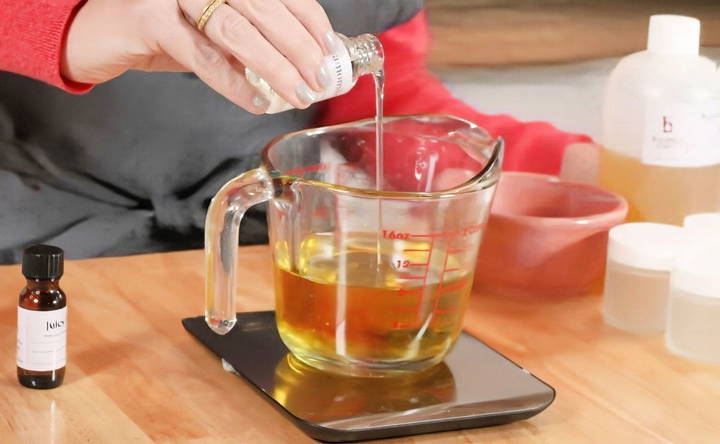
Step 4: Incorporate Optional Fragrance and Preservative
If desired, add 3 mL of Natural Juicy Pear Fragrance Oil for a light scent and 3 mL of Optiphen as a preservative. The fragrance is completely optional, but the preservative is recommended if you'll be storing the balm in a humid environment or using it with wet fingers.
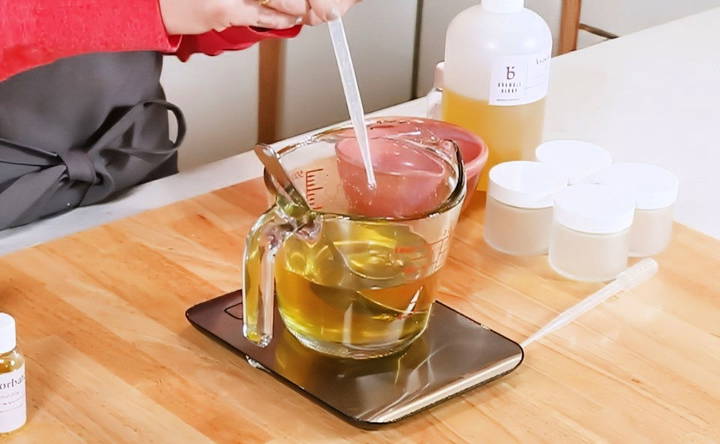
Step 5: Stir and Pour into Containers
Mix everything thoroughly until fully incorporated. Pour the balm into your chosen containers while it's still in liquid form. Be careful, as it will be hot.
Step 6: Allow to Cool and Harden
Let the containers sit undisturbed at room temperature until the balm solidifies. This usually takes about 2-3 hours. Once solidified, your chamomile cleansing balm is ready to use!
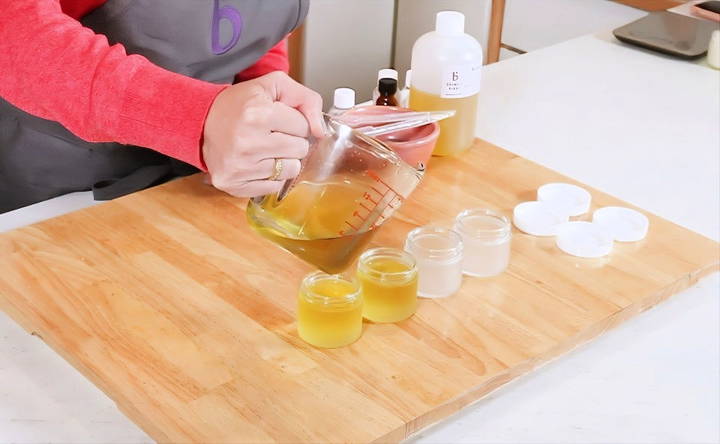
How to Use Chamomile Cleansing Balm for Double Cleansing
Using your DIY cleansing balm is easy and a relaxing part of any skincare routine. Follow these steps for an effective cleanse:
- Start with Dry Skin: Apply a small amount of the balm to your dry face. You only need a pea-sized amount, as a little goes a long way.
- Massage Gently: Use your fingertips to massage the balm into your skin, focusing on areas with heavy makeup, sunscreen, or impurities.
- Rinse with Warm Water: Wet your hands and continue massaging your face. The balm will emulsify into a milky texture as the emulsifiers activate.
- Follow with a Second Cleanse: After rinsing, complete the double cleansing method by using a gentle water-based cleanser.

Tips for Storing and Customizing Your Balm
- Storage Considerations: Since this balm is oil-based, it can be stored at room temperature. However, if you live in a hot or humid climate, you may notice that the balm softens. In this case, try increasing the emulsifying wax by 5-10% to achieve a firmer consistency.
- Customizing Scents: The recipe includes a light Juicy Pear fragrance, but you can leave it unscented or substitute with essential oils like lavender, chamomile, or eucalyptus. Be cautious with essential oils, as some may irritate sensitive skin.
- Additional Extracts: You can customize this balm further by incorporating other oil-soluble extracts, such as calendula or green tea, for added skin benefits.
- Consider Adding a Scoop or Spatula: For hygienic application, especially if you share the balm or dip wet fingers, consider using a small scoop or spatula to take out the balm.
Why Use a DIY Cleansing Balm?
A DIY cleansing balm not only saves you money but also lets you avoid unnecessary additives. Unlike many commercial products, this chamomile balm is free from artificial preservatives and fillers. Plus, the chamomile extract adds a unique soothing element for those with sensitive skin. By making your own balm, you also gain the flexibility to tailor it to your exact skin needs and preferences.
Final Thoughts
Making a DIY chamomile cleansing balm is a satisfying and luxurious addition to your skincare routine. With simple, skin-loving ingredients, you can cleanse effectively while nourishing and calming your skin. This recipe provides the perfect balance of oil and emulsifiers, ensuring that your skin feels soft and hydrated after each use.
Whether you're a skincare DIY enthusiast or just looking to cut back on expensive cleansers, this chamomile cleansing balm
is an excellent choice for gentle, effective cleansing. Give it a try, experiment with different oils and extracts, and enjoy the benefits of a personalized skincare product that truly caters to your skin's needs.
FAQs About DIY Cleansing Balm
Discover common questions and answers about DIY cleansing balm, including ingredients, benefits, and step-by-step guides for effective personal care.
The preservative is optional in this recipe since the balm doesn’t contain water, which generally reduces the risk of bacterial growth. However, if you’ll be using wet fingers to scoop the balm or storing it in a humid environment, adding a preservative like Optiphen is recommended as an extra layer of safety.
Absolutely! Avocado oil is chosen for its nourishing properties, but you can swap it out for other lightweight oils like sunflower, apricot kernel, or grapeseed oil. Each oil has unique benefits, so choose one that suits your skin type.
Emulsifying wax is crucial for allowing the balm to rinse clean without leaving an oily residue. While there are other types of emulsifiers, such as Olivem 1000 or BTMS-50, they may alter the balm’s texture and effectiveness.
Yes, this balm is gentle enough for daily use and works well as the first step in a double-cleansing routine. However, if you have oily or acne-prone skin, monitor how your skin responds, as some people may find that daily oil-based cleansing can be too heavy.
Yes, you can substitute water-soluble chamomile extract because the emulsifying wax allows both water-soluble and oil-soluble ingredients to blend effectively. Just ensure the wax is fully incorporated to maintain a smooth balm texture.
You can replace avocado oil with lightweight oils like sweet almond or chia seed oil. These oils offer similar nourishing properties and blend well in a cleansing balm, while maintaining a smooth, non-greasy texture.
This balm is not recommended for eye makeup removal, as the ingredients may cause irritation if they get into the eyes. Consider using a specially formulated eye-safe remover instead.
Yes, to make the balm thicker, you can reduce the amount of liquid oil by 5% and increase the emulsifying wax by the same percentage. This adjustment creates a firmer, more solid balm that’s easier to scoop.
While polysorbate 80 is preferred for its rinsing properties, you may substitute it with polysorbate 20 or a blend of Turkey Red Oil and guar gum. Be aware that these substitutions will alter the balm's consistency and performance.
This balm is too soft for use as a lip balm. However, you could replace the emulsifying wax with beeswax or another hard wax to make a firmer, lip-safe balm. Adding a soft butter will enhance its moisturizing qualities.
No, emulsifying wax is specifically designed to blend oils with water, allowing the balm to rinse off cleanly. Vegan butters or beeswax won’t emulsify and would leave an oily layer on the skin instead of rinsing off.
It's best to avoid swapping Optiphen with phenonip, as polysorbate may inactivate it. Using the recommended preservative ensures the balm remains effective and safe for prolonged use.


